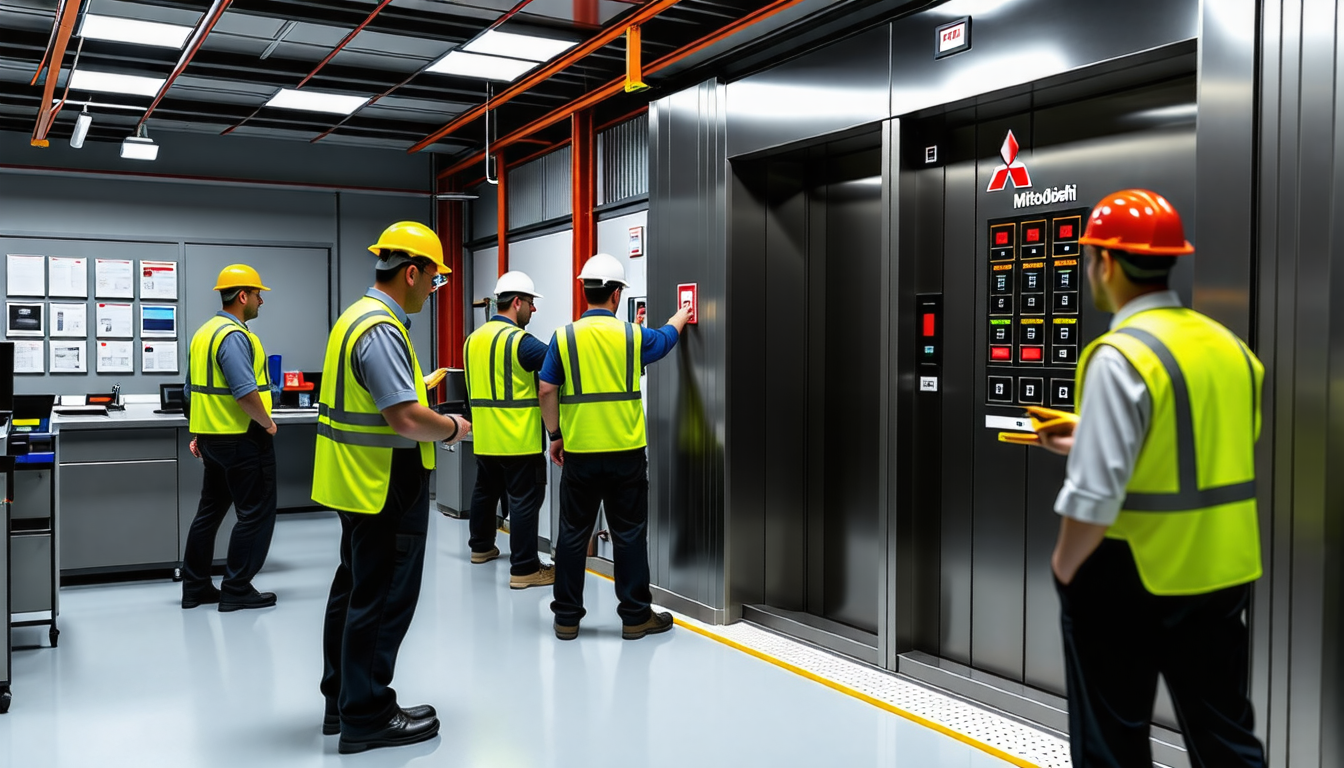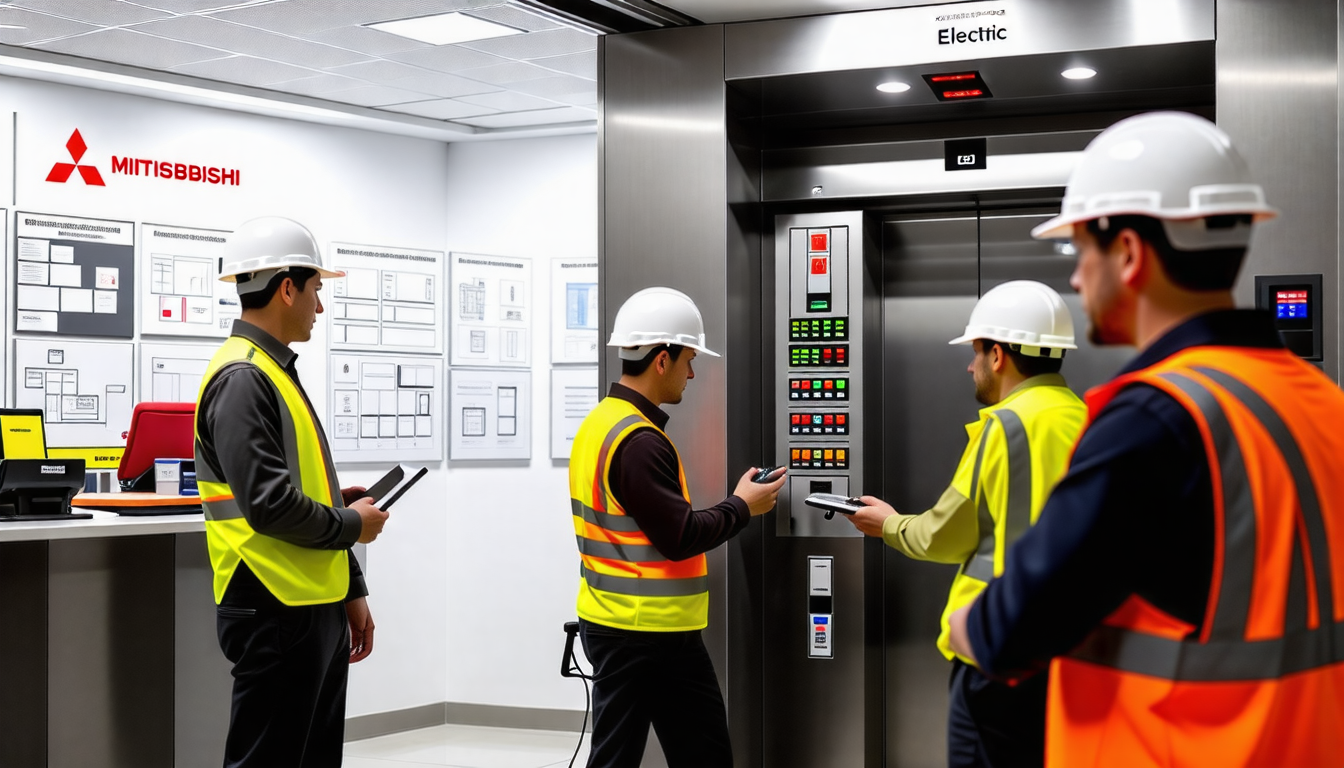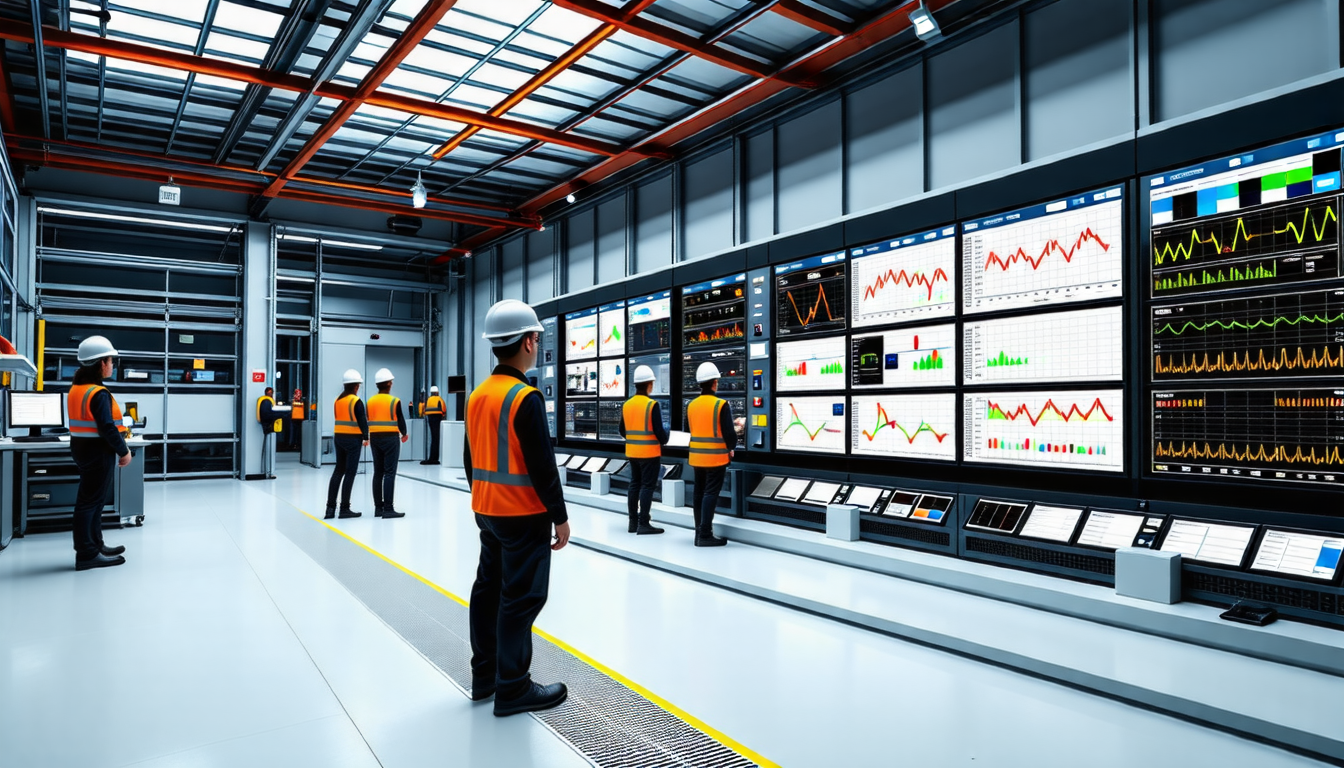|
IN BRIEF
|
Ensuring the safety of Mitsubishi Electric elevators is paramount for both passengers and operators. By implementing rigorous safety guidelines and advanced technologies, Mitsubishi Electric designs elevators that prioritize user well-being. One critical aspect is the configuration of safety circuits outside the BOX Data Logger, allowing the entire system to function securely, even in the event of a power failure. Furthermore, the integration of the MelEye monitoring and control system provides real-time indications and alarms, alerting users to any potential issues promptly. To further enhance safety, advanced modernization features such as the Closed Loop Door Operating System and Infrared Door Protection ensure smooth operations and reduced noise levels. Adopting these innovative measures will significantly contribute to a secure and comfortable vertical travel experience.

Ensuring the safety of Mitsubishi Electric elevators is paramount in providing a reliable and secure environment for passengers. The integration of advanced technology, rigorous maintenance protocols, and user-awareness programs creates an ecosystem that prioritizes user safety while adhering to established standards.
Implementing External Safety Circuits
One of the first steps in ensuring elevator safety involves configuring safety circuits external to the BOX Data Logger. This proactive approach guarantees that the elevator system remains operationally safe, even in the event of an external power failure. By designing systems with this redundancy, the risk of malfunction can be significantly reduced, thus enhancing the overall safety of passengers.
Maintaining Sanitization Protocols During COVID-19
With the ongoing concerns around health, especially related to COVID-19, it is crucial to establish sanitization protocols around elevators and escalators. For instance, placing sanitizing stations at a minimum distance of 30 feet from escalator units helps to ensure that passengers can enter and exit safely without the risk of cross-contamination. Regular cleaning of surfaces within the elevators, especially high-touch areas, must also be prioritized to safeguard passenger health.
Adopting Operational Guidelines for Safe Elevator Use
To promote the safe usage of elevators, it is essential to follow specific operational guidelines. Passengers should be informed about the capacity limits of elevators to avoid overcrowding, which can lead to unsafe conditions. Furthermore, it is advisable to instruct users on the importance of waiting for the elevator to come to a complete stop before entering or exiting.
Elevator Design Features that Enhance Safety
The design of Mitsubishi Electric elevators inherently emphasizes safety and comfort. Features such as automatic door systems, infrared door protection, and closed-loop door operating systems are essential in preventing accidents related to door operations. Enhanced visibility through sophisticated lighting and signage further reassures passengers while they use the elevator.
Integrated Monitoring and Control Systems
Mitsubishi Electric employs monitoring and control systems, such as MelEye, to maintain passenger safety. These systems provide reliable indications and alarm functionalities that alert users to any operational failures of the elevator. Regular updates and checks to these systems are critical to ensuring that they function correctly and can promptly alert maintenance personnel if needed.
Importance of Regular Maintenance and Inspections
Regular maintenance and thorough inspections are vital in preserving the safety of elevators. Service schedules should include testing emergency systems, checking safety circuits, and ensuring that all moving parts are functioning without obstruction. It is also beneficial to keep a log of all maintenance tasks performed, as this documentation can provide key insights into the overall safety condition of the elevator.
Implementation of Advanced Safety Features
Modern Mitsubishi Electric elevators are equipped with innovative safety technologies. For instance, the Mitsubishi Emergency Landing Device (MELD) is designed to allow the elevator to safely reach the nearest floor in case of a power failure or a system malfunction. This feature reduces the likelihood of passengers being trapped, contributing significantly to overall safety.
Educating Passengers on Elevator Safety Practices
It is crucial to educate passengers on safe elevator practices to minimize risks. This education can take place through informational signage within the elevators, as well as periodic safety campaigns organized by building management. Topics such as how to position oneself in the cabin, the importance of remaining calm during an emergency, and what actions to take in case of malfunction can greatly influence passenger behavior, enhancing safety.
Ensuring Compliance with Safety Standards
Compliance with local and international safety standards is non-negotiable for maintaining elevator safety. Mitsubishi Electric elevators are designed and operated within the framework of relevant codes, including those set forth by the Elevator Escalator Safety Foundation. Regular audits and updates to ensure adherence to these standards are essential, as they provide a structured approach to safety management.
Encouraging User Feedback for Safety Improvements
Gathering user feedback is a critical component of safety enhancement. By actively soliciting and addressing passenger concerns regarding their experiences, elevator operators can identify potential safety issues that may not be readily apparent. This feedback loop not only enhances user satisfaction but also informs ongoing improvements to safety protocols.
Utilizing Advanced Analytics for Predictive Maintenance
The integration of advanced analytics into maintenance routines represents a significant advancement in elevator safety. By analyzing performance data in real-time, maintenance teams can predict potential failures before they occur, allowing for timely and preventive maintenance interventions. This predictive approach helps in maintaining a high level of operational safety and reliability.
Exploring Various Types of Mitsubishi Electric Elevators
Understanding the different types of Mitsubishi Electric elevators is essential for businesses and building managers aiming to ensure passenger safety. Various elevator designs cater to specific requirements, whether for residential, commercial, or industrial applications. Each type comes with its own set of features and safety protocols. Detailed information can be found at this link.
Advantages of Utilizing Mitsubishi Electric Elevators
The advantages of utilizing Mitsubishi Electric elevators extend beyond merely efficient transport systems. Their commitment to safety, innovative design, and advanced technology provides enhanced user experiences. Building managers should consider these advantages when selecting elevator systems and can find more information at here.
Importance of Optical and Sensor Technologies
The incorporation of advanced optical and sensor technologies plays a pivotal role in ensuring safety within Mitsubishi Electric elevators. Enhancements such as edge sensors, proximity sensors, and optoelectronics contribute to monitoring the environment, detecting possible obstacles, and ensuring that elevator operations are executed smoothly. Further insights into this technology are available at this page.
Conclusion of Safety Protocols and Best Practices
By following and implementing a comprehensive range of safety guidelines, Mitsubishi Electric elevators maintain their reputation for reliability and passenger safety. Continuous improvements and adherence to safety protocols maximize user protection while fostering an environment of trust in vertical transportation systems.
Ensuring the safety of Mitsubishi Electric elevators involves a comprehensive approach that includes regular maintenance, adherence to safety protocols, and the installation of advanced safety features. By configuring safety circuits external to the BOX Data Logger, the functionality of the entire system can be safeguarded against potential faults. Additionally, incorporating monitoring and control systems like MelEye allows for real-time indications and alarm systems to promptly alert users of any failures. Furthermore, following recommended practices such as maintaining a safe distance from escalators and keeping the elevators sanitized are key to protecting passengers during challenging times like the COVID-19 pandemic.
Frequently Asked Questions about Mitsubishi Electric Elevator Safety
What safety guidelines should be followed while using Mitsubishi Electric elevators?
It is essential to follow safety circuits that are configured externally to the BOX Data Logger. This ensures that the entire system operates safely, even in the event of an external power failure.
How can one maintain social distancing and safety during COVID-19 in elevators?
Sanitizing stations should be positioned at least 30 feet away from escalator units. This distance helps ensure the safety of passengers entering and exiting the elevators.
What are some tips for safely using elevators during the COVID-19 pandemic?
To stay safe while using elevators, one can follow guidelines such as limiting the number of passengers, wearing masks, and frequently sanitizing hands and surfaces.
How does Mitsubishi Electric ensure passenger comfort with their elevators?
The refined design of Mitsubishi Electric passenger elevators creates a high-quality atmosphere that reassures users of their safety and comfort.
What monitoring features do Mitsubishi elevators offer for safety?
Mitsubishi elevators include reliable indications and alarms to alert passengers of any elevator or escalator malfunctions, enhancing overall safety.
How does Mitsubishi Electric contribute to sustainability in elevator design?
Mitsubishi Electric designs its products to help customers and communities achieve their sustainability goals, combining comfort with modern and innovative solutions.
What modernization features improve safety in Mitsubishi Electric elevators?
Modernization options such as the Mitsubishi Emergency Landing Device (MELD) and improved door operating systems enhance safety and reliability within the elevator systems.
What type of door protection systems does Mitsubishi Electric incorporate for safety?
Mitsubishi Electric uses Closed Loop Door Operating Systems and Infrared Door Protection to provide improved safety, better reliability, and quieter operation in their elevators.

